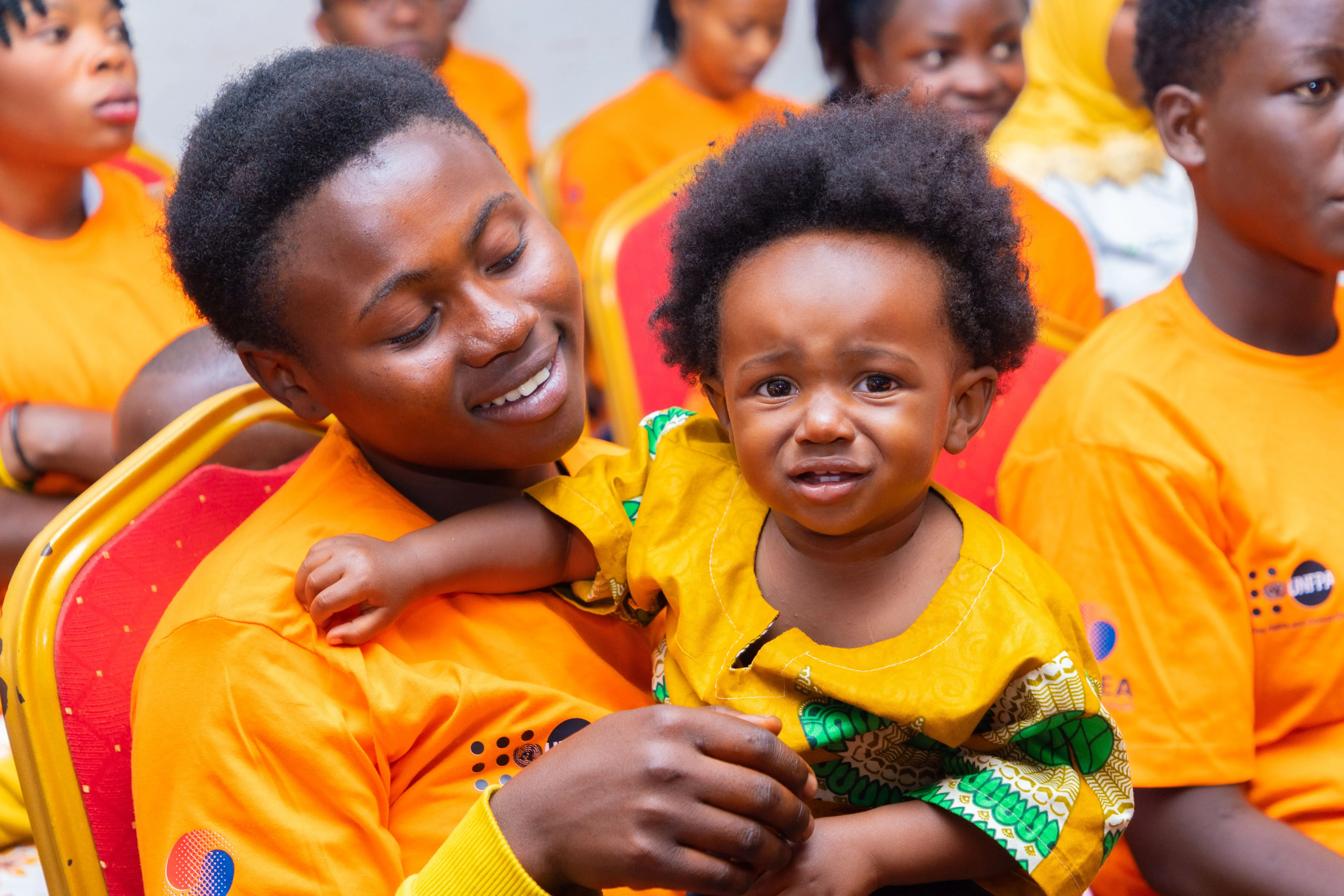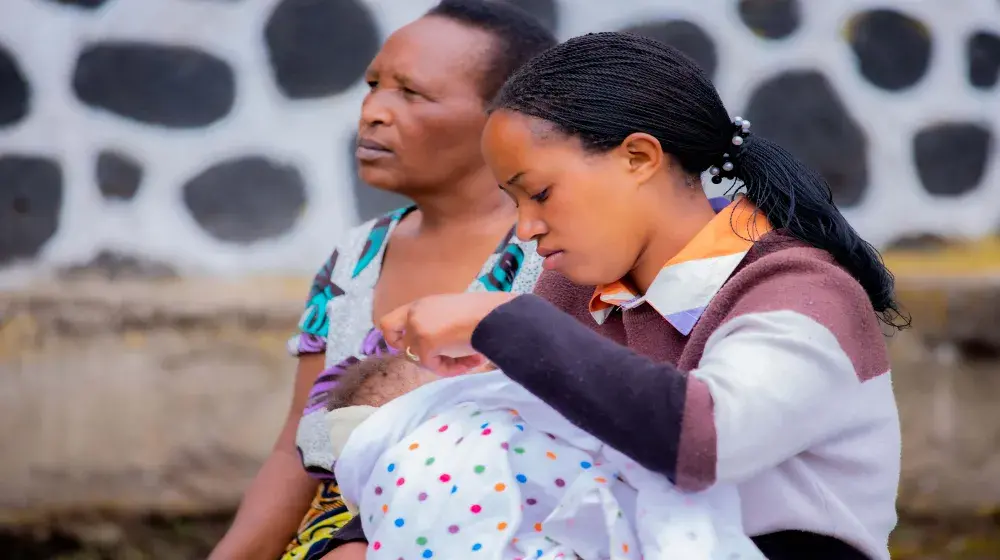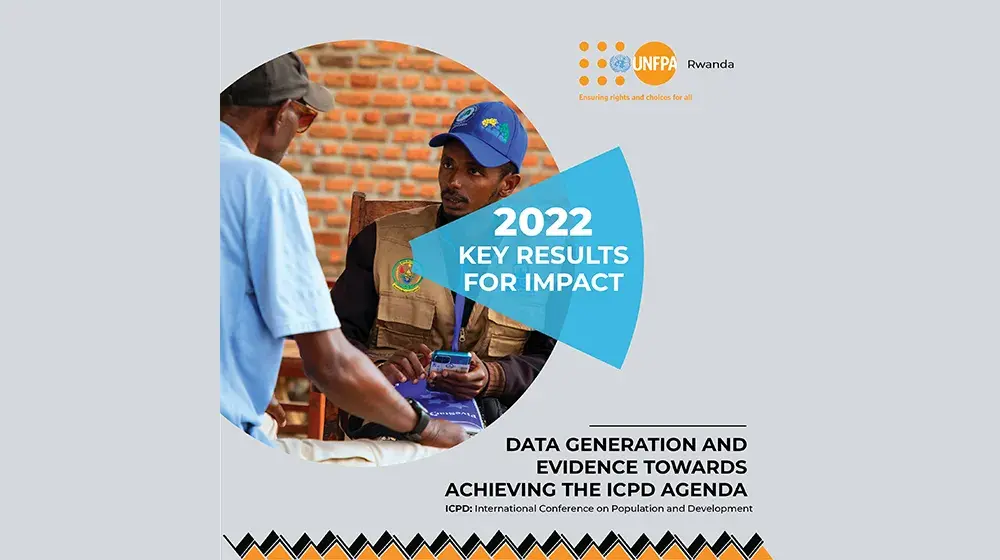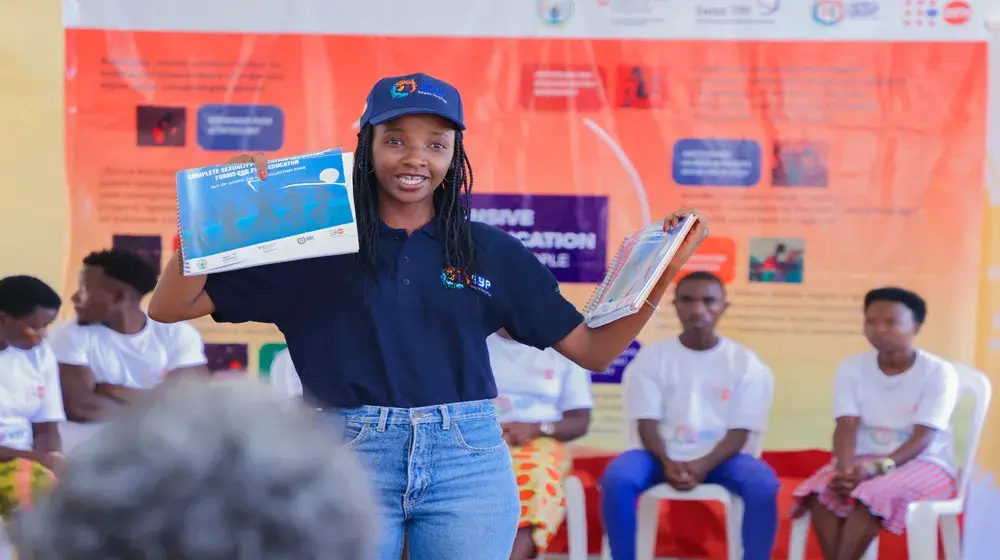Generally, adolescents and the youth population face various issues deterring them from attaining their full potential. More than one million adolescents live with HIV in the region with 61 per cent at the global level. Adolescent girls and young women (AGYW) are disproportionately affected (three in four new infections of those aged 15 to 19 occur among girls). AGYW in the ESA region also suffer high rates of child marriage and sexual violence, which disrupt their education, limit their developmental opportunities, and expose them to the risk of HIV infection, early pregnancy, and complications from childbirth. As a result, they are the least educated and have the highest proportion of unemployment among youth in the region (UNFPA Programmatic Guidance on Integrating Adolescent Sexual and reproductive health and Rights and Economic Empowerment of Young People).
Rwandan adolescents and youth population face the same issues as other adolescents and youth in the ESA region. Despite the tremendous progress made in terms of helping adolescents and youth to access knowledge, skills and services needed for a healthy, productive and fulfilling life, Rwandan adolescents and youth still face a range of challenges related to their sexual and reproductive health such as unplanned and early pregnancies, unsafe abortions, STI and HIV infections, period poverty and gender-based violence (GBV). According to the most recent Rwanda Demographic Health Survey (RDHS 6), 5% of girls aged 15-19 have begun childbearing; 4% have given birth, and 1% are pregnant with their first child.
Rwanda’s youths are a major asset of the Country and key drivers for sustainable development (Rwanda National Youth Policy, 2015). The Government of Rwanda has committed to empowering young people towards bright and productive adulthood. The country will benefit from youth productivity if they are educated, healthy, and free from STIs, and HIV and they are not exposed to unintended pregnancy.
The National Social Transformation (NST1) urges the government to enhance the Demographic Dividend by ensuring access to quality health for all. For adolescents and young people, the focus has been the prevention and fight against drug abuse among youth as well as scaling up efforts to raise awareness on reproductive health and family planning to increase contraceptive prevalence from 48% (2013/14) to 60% in 2024.
The Vision 2050 (The Rwanda We Want) seeks to address the high population growth rate by promoting Universal uptake to include family planning for both women and men and toward reducing the fertility rate from 4.1 births per woman (DHS 2019/2020) to high-income countries standards of 2.3 births per woman (NISR, 2017) in 2050. In addition, reproductive health information and services will be increased to avoid unplanned pregnancies and sexually transmitted diseases with a particular focus on the youth.
UNFPA is committed to contributing to the advancement of adolescents and youth focusing on five strategic prongs:
1. Enable Evidence-Based Advocacy for Comprehensive Policy and Program Development, Investment and Implementation
2. Promote Comprehensive Sexuality Education
3. Build Capacity for Sexual and Reproductive Health Service Delivery (including HIV prevention, treatment and care)
4. Take Bold Initiatives to Reach Marginalized and Disadvantaged Adolescents and Youth, especially Girls
5. Promote Youth Leadership and Participation





